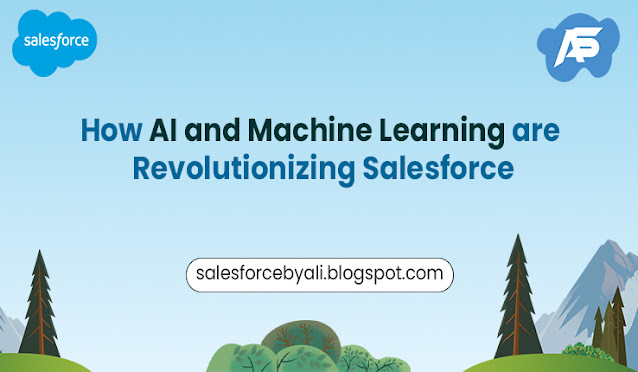Artificial Intelligence (AI) and Machine Learning (ML) are transforming the way businesses operate, and Salesforce is no exception. With its suite of AI-powered tools and features, Salesforce is helping businesses improve their customer experience, increase productivity, and make data-driven decisions.
Here are some of the ways AI and ML are being used in Salesforce:
Predictive Analytics: Salesforce's AI-powered analytics tools can analyze large amounts of data to make predictions about customer behavior, sales forecasts, and other business metrics. This allows businesses to make data-driven decisions and anticipate customer needs.
Intelligent Automation: Salesforce's Einstein AI technology can automate routine tasks such as data entry, lead routing, and email responses. This saves time and increases productivity, allowing sales teams to focus on more high-value activities.
Personalization: AI and ML can help businesses personalize their customer interactions by analyzing customer data and behavior. This allows businesses to provide tailored recommendations, offers, and experiences, increasing customer satisfaction and loyalty.
Chatbots: Salesforce's AI-powered chatbots can provide instant customer support and assistance. They can answer common questions, provide product recommendations, and even complete transactions.
Voice Assistants: Salesforce is integrating voice assistants, such as Amazon's Alexa, into its platform, allowing users to interact with Salesforce using natural language commands.
The benefits of using AI and ML in Salesforce are numerous. It can help businesses improve their sales processes, reduce costs, and increase customer satisfaction. By automating routine tasks and providing personalized experiences, businesses can free up their employees to focus on more strategic activities.
In summary, AI and ML are transforming Salesforce by providing powerful tools for data analysis, automation, and personalization. Businesses that embrace these technologies can gain a competitive advantage by improving their customer experience, increasing productivity, and making data-driven decisions.


0 Comments